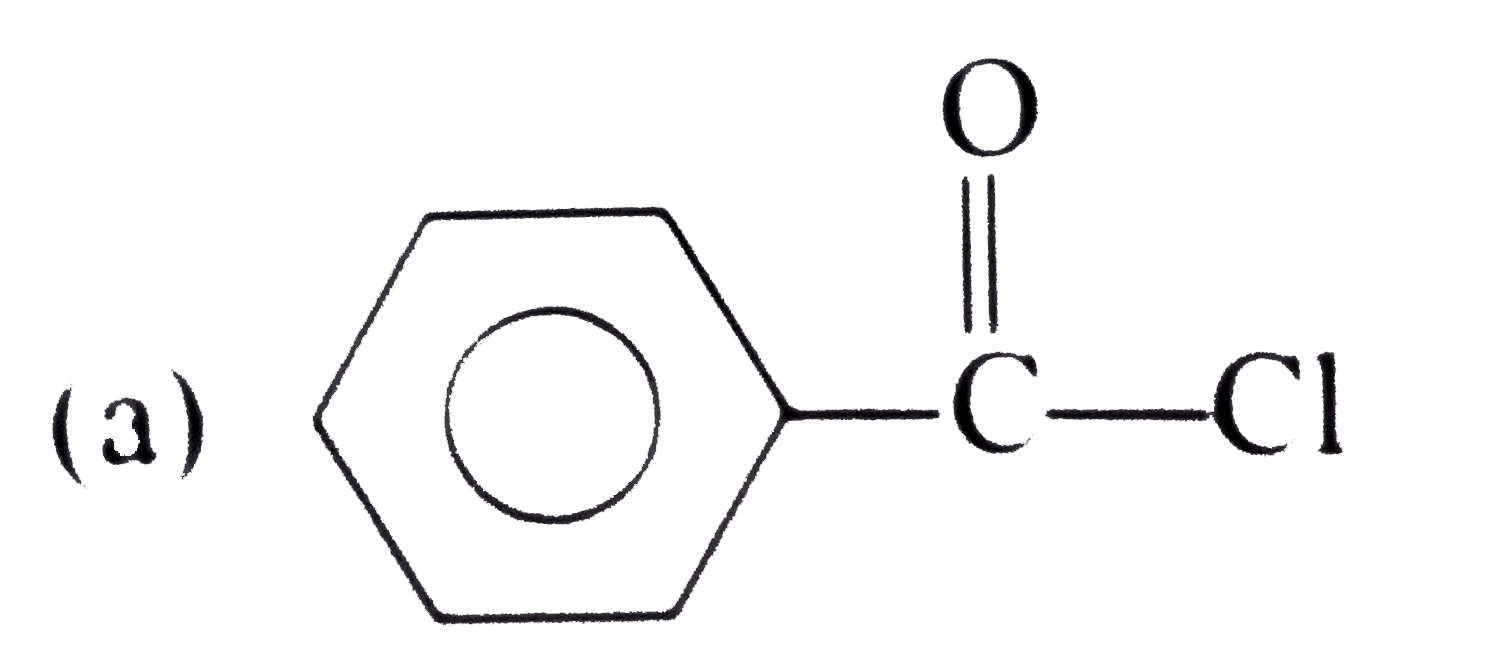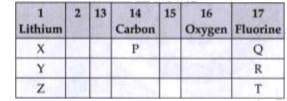Which alcohol is most reactive for dehydrogenation ?
CH3−OH∣CH−CH2−NO2
CH3−OH∣CH−CH2−CHO
CH3−OH∣CH−CH2−CN
CH3−OH∣CH−CH2−COCH3
The correct Answer is:A
To determine which alcohol is most reactive for dehydrogenation, we need to analyze the stability of the carbocations formed during the reaction. The stability of the carbocation directly influences the reactivity of the alcohol in dehydrogenation reactions.
1. Understanding Dehydrogenation:
- Dehydrogenation refers to the removal of hydrogen from an alcohol, which often leads to the formation of a carbocation intermediate. The stability of this carbocation is crucial for the reactivity of the alcohol.
2. Identify the Alcohols:
- Let's denote the four alcohols as A, B, C, and D. We need to analyze the structure of each alcohol to determine the type of carbocation that will be formed upon dehydrogenation.
3. Forming Carbocations:
- When each alcohol undergoes dehydrogenation, a carbocation is formed. The structure of the carbocations will depend on the substituents attached to the carbon that loses the hydrogen.
4. Assessing Carbocation Stability:
- Carbocation stability is influenced by the presence of electron-donating or electron-withdrawing groups. Electron-donating groups stabilize the carbocation, while electron-withdrawing groups destabilize it.
- The order of stability for carbocations is typically: tertiary > secondary > primary > methyl.
5. Analyzing the Effects of Substituents:
- For each alcohol, we will evaluate the substituents:
- A: Contains a nitro group (NO2) which is a strong electron-withdrawing group, leading to a less stable carbocation.
- B: Contains an aldehyde group (CHO), which has a moderate electron-withdrawing effect.
- C: Contains a cyano group (CN), which also has a significant electron-withdrawing effect but is less than NO2.
- D: Contains an acetyl group (COCH3), which has a moderate electron-withdrawing effect.
6. Ranking the Stability:
- Based on the electron-withdrawing effects:
- NO2 (A) < CN (C) < CHO (B) < COCH3 (D)
- Thus, the stability of the carbocations formed would be in the order:
- A (NO2) < C (CN) < B (CHO) < D (COCH3)
7. Determining Reactivity:
- Since reactivity is inversely related to the stability of the carbocation, the most reactive alcohol will be the one that forms the least stable carbocation.
- Therefore, the order of reactivity is:
- A (most reactive) > C > B > D (least reactive)
8. Conclusion:
- The alcohol corresponding to compound A, which has the nitro group, is the most reactive towards dehydrogenation.
Final Answer:
The alcohol that is most reactive for dehydrogenation is A.
---
- Dehydrogenation refers to the removal of hydrogen from an alcohol, which often leads to the formation of a carbocation intermediate. The stability of this carbocation is crucial for the reactivity of the alcohol.
- Let's denote the four alcohols as A, B, C, and D. We need to analyze the structure of each alcohol to determine the type of carbocation that will be formed upon dehydrogenation.
- When each alcohol undergoes dehydrogenation, a carbocation is formed. The structure of the carbocations will depend on the substituents attached to the carbon that loses the hydrogen.
- Carbocation stability is influenced by the presence of electron-donating or electron-withdrawing groups. Electron-donating groups stabilize the carbocation, while electron-withdrawing groups destabilize it.
- The order of stability for carbocations is typically: tertiary > secondary > primary > methyl.
- For each alcohol, we will evaluate the substituents:
- A: Contains a nitro group (NO2) which is a strong electron-withdrawing group, leading to a less stable carbocation.
- B: Contains an aldehyde group (CHO), which has a moderate electron-withdrawing effect.
- C: Contains a cyano group (CN), which also has a significant electron-withdrawing effect but is less than NO2.
- D: Contains an acetyl group (COCH3), which has a moderate electron-withdrawing effect.
- Based on the electron-withdrawing effects:
- NO2 (A) < CN (C) < CHO (B) < COCH3 (D)
- Thus, the stability of the carbocations formed would be in the order:
- A (NO2) < C (CN) < B (CHO) < D (COCH3)
- Since reactivity is inversely related to the stability of the carbocation, the most reactive alcohol will be the one that forms the least stable carbocation.
- Therefore, the order of reactivity is:
- A (most reactive) > C > B > D (least reactive)
- The alcohol corresponding to compound A, which has the nitro group, is the most reactive towards dehydrogenation.
The alcohol that is most reactive for dehydrogenation is A.
Topper's Solved these Questions
Similar Questions
Knowledge Check
Which metal is the most reactive?
ASilverBLeadCIronDCaesiumWhich alcohol is most reactive towards HCl in the presence of anhydrous ZnCl2?
AprimaryBsecondaryCtertiaryDall of theseWhich of the following is most reactive for hydrolysis?
A B
B C
C D
D

